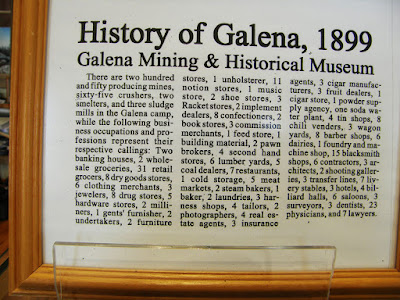 |
Work on the current expansion of the U.S. 69 highway was completed. An additional two lanes will make it easier
for travelers from southeast Kansas to Kansas City. |
The drive to Kansas City from southeast Kansas just got a little
safer for students, truck drivers and travelers.
U.S. 69 is now a
four-lane upgradable expressway from Fort Scott all the way south to the
Bourbon-Crawford County line. Officials and citizens gathered to celebrate the
completion of the latest highway expansion project yesterday at the Cherry
Grove Baptist Church along U.S. 69.
Governor Laura Kelly, Secretary of Transportation Julie Lorenz,
and many U.S. 69 advocates gathered in the church yard for a ribbon-cutting
ceremony to celebrate the finished project.
"Our roads allow us to carry
our most precious cargo, our kids," Governor Kelly said. "Today's
expansion will make this stretch of highway safer and more accessible."
Gov. Kelly said that Kansans have a
unique relationship with roads because they are the backbone
of our economy and serve as silent partners in our daily lives.
 |
| Governor Laura Kelly addresses a crowd at the U.S. 69 expansion celebration. |
"Whether it's hauling goods or
groceries, by keeping our promise to expand U.S. 69, we ensure future generations are connected in ways that we may
not even understand yet. It's why we call it an investment."
Gov. Kelly added that the promise
to complete the four-lane highway all the way to Pittsburg will be kept.
Estimated completion for two projects that will complete those 11 miles is
expected in Fall 2022.
Prior to the ribbon-cutting, Secretary Lorenz thanked Gov. Kelly
for her leadership and support of a high-quality modal transportation network.
She said that U.S. 69 has long been a regional priority.
 |
| Transportation Secretary Julie Lorenz addresses a crowd in attendance at the U.S. 69 ribbon cutting celebration. |
“Investments in roads help people and goods get to where they need
to go today, and where they want to go tomorrow,” Lorenz said. "The
outcomes are expected to be even brighter in this part of the
state."
Lorenz cited the findings of a 2010 study that showed the
expansion of U.S. 69 to four lanes would create more than 4,000 new jobs and
$138 million in new wages.
“Communities along the U.S. 69 corridor already have the land, utilities and
well-trained workforces primed to benefit from the new industries that come with
this four-lane highway access,” she said.
"You can hear and see we expect increased truck traffic as industry is
added and more jobs are created," Lorenz said. "Four lanes of highway
will increase safety and reduce congestion."
 |
| Secretary Julie Lorenz, Governor Kelly and other U.S. 69 officials and supporters cut the ribbon, marking the completion of the current highway expansion. |
Population projections indicate more than 20 percent future growth
in communities along the U.S. 69 corridor, Lorenz said. And continued expansion
efforts will enable the highway to support greater growth in southeast Kansas
and beyond.
KDOT began construction in 2017 on the six-mile Bourbon County
project. Two lanes were added to the previously existing U.S. 69 alignment.
At-grade intersections were constructed at Arrowhead, Birch, Cavalry, Deer and
Fern Roads. Koss Construction of Topeka was the primary contractor on the $21.8
million project.
The speed limit will be raised to 65 mph by the Fourth of July
holiday.










































